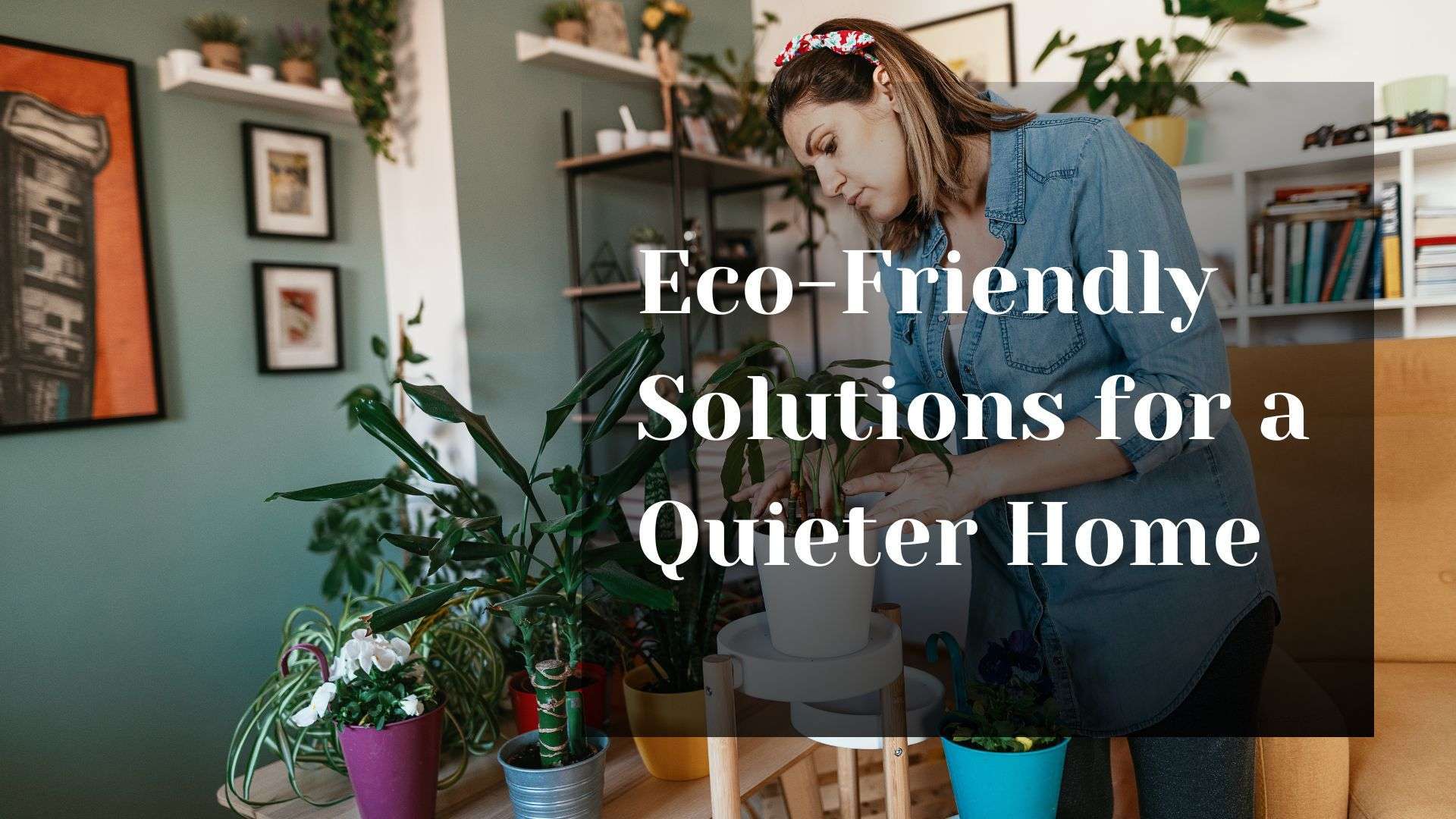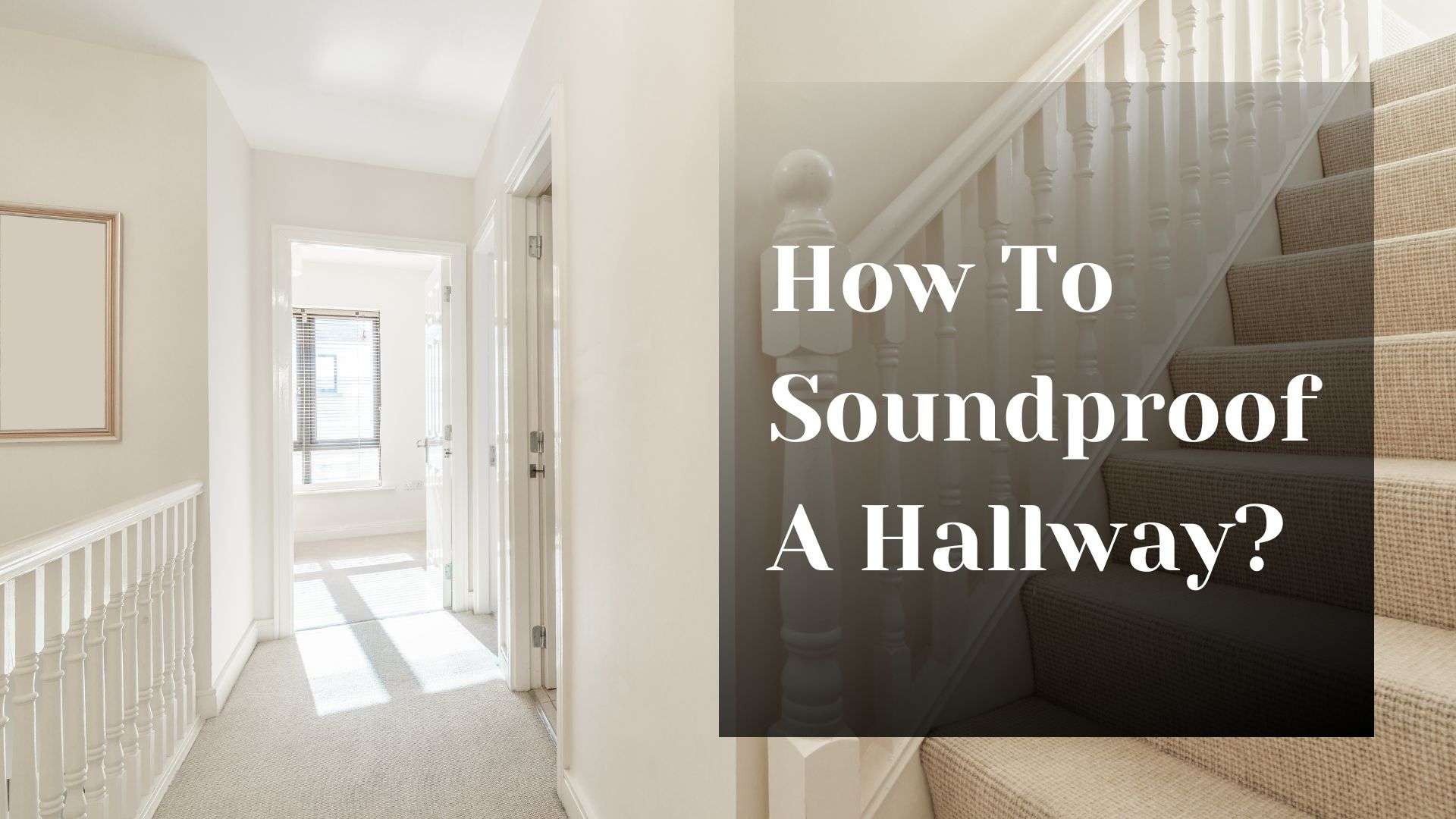How To Block Cigarette Smoke From Neighbors?
There are several approaches you can take to minimize or even eliminate the impact of your neighbor’s smoke on your environment. In this guide, we’ll walk you through 13 ways to block cigarette smoke from your neighbors, aiming to restore the comfort and freshness of your living space.
Useful Resources:
Get Revenge On Your Neighbor Without Them Knowing
How To Block Neighbors Security Camera?
Sealing Gaps and Cracks
The first step in creating a smoke-free workplace is to seal down cracks and gaps.
Start by giving your house a full check, being especially aware of windows, doors, and other places where smoke may enter.
Gaps frequently appear around windows, door frames, and the points where wires or utility lines enter your house. These holes can be found and then filled up using several materials.
Weatherstripping is a useful option for small spaces around windows and doors because it provides a flexible seal that adjusts to the opening and shutting of the door and window.
Door sweeps are perfect for filling in the spaces around doors; they are especially helpful for external doors where there can be a space between the door and the threshold.
Expandable foam caulk or sealer can be utilized for wider gaps or apertures.
These materials offer a long-lasting seal that lowers heating and cooling expenses by blocking smoke and assisting with thermal insulation.
Upgrading Windows and Doors
For a longer-term fix, replacing your windows and doors may significantly increase the amount of cigarette smoke that is blocked from entering your home and enhance the energy efficiency of your house overall.
Windows with double or triple panes have many glass layers with gas- or air-filled gaps between them to block out outside smoke effectively.
In addition to lowering noise pollution, these windows are superior to single-pane windows in regulating interior temperature.
Solid wood or metal doors are preferable to hollow or ill-fitting doors when thinking about upgrading your doors since they offer superior insulation and are more successful at keeping out outside smoke.
Make sure that the frame of any newly installed installation is well sealed, and think about including a door sweep to offer an additional degree of defense against smoke intrusion.
Upgrading your house first choose the right materials that complement its energy requirements and aesthetics.
Then, expert installation ensures that the materials are fitted precisely, closing any gaps that can let smoke in.
For people who are constantly bothered by neighboring cigarette smoke, even though this is a larger investment than basic sealing methods, the advantages of better air quality, lower energy costs, and increased comfort make it a good option.
Using Air Purifiers
The capacity of air purifiers to absorb and neutralize smoke particles and smells accounts for their success in the fight against cigarette smoking.
It is important to pick an air purifier that has both activated carbon and HEPA (High-Efficiency Particulate Air) filters.
The tiny particles included in smoke may be captured using HEPA filters, which have a 99.97% effectiveness rate in capturing particles as small as 0.3 microns.
Activated carbon, on the other hand, is excellent at absorbing the smells of smoke, offering a dual method of air purification.
The first step in using an air purifier properly is figuring out how big the space is going to be for the purifier.
Because air purifiers are graded according to the square footage of the room in which they are installed, you must choose a type that will work as efficiently as possible.
Another important factor is placement; the purifier should be placed close to the source of the smoke incursion, where air may flow freely around it.
To provide complete coverage, it might be required to purchase extra units for properties with various impacted regions.
Improving Ventilation
By replacing tainted air with fresh air, ventilation is essential in lowering the amount of smoke present inside.
Using exhaust fans is a useful technique to remove smoke-filled air straight from your house, especially in kitchens and bathrooms.
To guarantee that the most smoke is eliminated, these fans should be turned on as soon as smoke is detected and kept running for a while thereafter.
Another useful tactic is to create cross-ventilation, albeit this may not always be possible depending on where smoke is entering the room.
In order to facilitate the flow of fresh air in and force smoke-laden air out of the house, this entails opening windows or doors on various sides of the house.
To prevent unintentionally pulling in more smoke while utilizing this strategy, it’s critical to pay attention to the point of entrance for the smoke.
In certain situations, carefully positioned fans can help to improve airflow direction and ventilation.
But other strategies, such as employing window fans in exhaust mode, might be helpful when the smoke is coming from the outside air.
By positioning the fan in the window that is closest to the source of the smoke and facing outward, you may minimize the amount of smoke that enters the room and assist remove smoke from it.
Installing Air Filtration Systems
A whole-house air filtration system integrates seamlessly with your current HVAC system to filter the air that is cycled throughout your house.
By eliminating a variety of pollutants, such as dust, pollen, smoke particles, and other allergens, these systems can improve the quality of the air in general.
Choosing a whole-home air filtration system that works with your HVAC system is usually the first step in the installation process.
To make sure the selected filtration system can be incorporated successfully without affecting the operation of your HVAC system, this may need to be professionally assessed.
After the system has been chosen, it should be installed by a licensed HVAC specialist to guarantee proper fitting and best performance.
Unlike standalone air purifiers that cover certain rooms, a whole-home air filtration system can filter air throughout the house. This is its main advantage.
Adjusting Your HVAC Settings
Managing the interior air quality is greatly aided by optimizing the settings of your HVAC system, particularly when there is an intrusion of outdoor smoke.
Using premium air filters certified to catch smoke particles and other fine contaminants is the first step.
For efficient smoke particle capture, filters having a MERV (Minimum Efficiency Reporting Value) rating of 13 or above are often advised.
Depending on usage and the amount of pollutants present, these filters should be inspected often and changed following the manufacturer’s recommendations, usually every three to six months.
Recirculating indoor air through your HVAC system is another crucial modification. By using this mode, the system is shielded from outside air that might be tainted by smoke from nearby buildings.
Read More: How to Deal With Unfriendly Neighbors?
New smoke particles are less likely to enter your house when the interior air is constantly filtered and recirculated.
It’s crucial to remember that the HVAC filters are regularly accessed by the inside air when the system is in recirculation mode, which gradually improves the removal of smoke particles.
Plan routine maintenance inspections to help your HVAC system fight smoke incursion to the fullest extent possible.
By doing these tests, you can make sure that the system runs smoothly and that the filters are keeping the air at its best.
Communicating With Neighbors
Talking to your neighbor is the first step towards resolving cigarette smoke incursion.
This strategy is based on the hypothesis that your neighbor might not truly know how much their smoking impacts your quality of life.
Approaching the matter with compassion and understanding and working toward a resolution that honors your well-being as well as your neighbor’s customs is essential to a fruitful conversation.
When preparing to speak with your neighbor, consider the following steps:
Plan Your Conversation: Think about what you want to say ahead of time. It can be helpful to note down your key points or concerns.
Choose the Right Moment: Look for a time to talk when your neighbor seems approachable and you both have the time for a conversation, avoiding moments of stress or confrontation.
Be Polite and Respectful: Start the conversation on a positive note, expressing your desire to find a mutually beneficial solution. Avoid accusations or language that could be perceived as confrontational.
Offer Solutions: Rather than solely presenting the problem, suggest possible compromises, such as asking if they could smoke in a different location or during certain times of the day.
Be Open to Discussion: Listen to your neighbor’s perspective and be willing to negotiate a solution that works for both of you.
Creating Physical Barriers
To lessen smoke penetration from shared outdoor spaces or close living, physical barriers can be used in conjunction with discussion, or in situations when a compromise cannot be reached.
Physical barriers can take many different forms, from straightforward to intricate, based on your requirements and how your home is laid up.
Consider the following options:
Privacy Screens: You can prevent some smoke from entering your space by installing privacy screens on your patio or balcony. These screens allow for ventilation while functioning as a barrier. They are made of a variety of materials, including wood, cloth, and lattice.
Tall Plants: Using tall plants or other greenery as a natural barrier improves the appearance of your outdoor space while also absorbing part of the smoke. Shrubs, bamboo, or tall potted plants can all be useful in establishing a buffer zone against smoke.
Outdoor Curtains: Made of sturdy, weather-resistant fabric, outdoor curtains can offer a flexible barrier that can be pulled as necessary in regions that can support them.
In order to put these barriers into place, you must first evaluate your outside area to ascertain the best location and kind of barrier to use to prevent smoke.
Verify that installations for patios or balconies adhere to HOA or building codes.
Take into account the development requirements of any plants used as barriers in gardens or yards to make sure they flourish and offer the desired protection.
Also Read: How to Reduce Noise from Neighbours Outside?
Contacting Property Management or HOA
Many residential settings, particularly those under the control of HOAs or property management firms, have set rules and guidelines addressing problems such as secondhand smoke.
It’s important to get in touch with these organizations if your neighbor is causing you to feel uncomfortable with their cigarette smoke.
Start by recording the hours, dates, and any effects that the smoke incursion may have had on your health or living circumstances.
Your argument will be strengthened by this documentation, which shows how frequently and seriously the problem occurs.
To find out the exact smoking regulations and the procedure for filing complaints, see your lease or the community standards.
When voicing your grievance, be succinct and precise, describing the effects of the smoke on you and citing any pertinent regulations that could have been broken.
The intention is to involve the management or HOA in the problem-solving process, making use of their power to enforce any applicable lease provisions or community regulations on smoking.
Read More: How to Record Upstairs Neighbor Stomping?
Exploring Legal Options
Legal action may be required in cases when the effects of cigarette smoke are severe and materially impair your health or quality of life.
This phase entails becoming aware of your legal rights as well as the local rules or regulations about secondhand smoke.
As many areas have legislation protecting inhabitants from secondhand smoke in multi-unit buildings, start by studying local laws.
Seeking legal advice from a tenant rights or environmental law specialist will help you understand your circumstances and make informed decisions.
Depending on the rules in your country and the details of your case, taking legal action may entail submitting a claim for annoyance or breach of the promise of habitability or requesting a court order to enforce smoking regulations.
Although taking legal action is seen as a last choice because of the possible expenses and time commitment, it may be the only way to safeguard your health and make sure your home is secure and pleasant.
Use a Fan to Blow The Smoke
One easy and accessible way to reduce cigarette smoke penetration from nearby homes is to use a fan to extract smoke from your home through a window.
When you can open a window to generate an airflow that drives smoke back outside, this method can be especially helpful if smoke is entering your home through a particular region.
Here’s a detailed explanation of how this option works and some tips to maximize its effectiveness:
How It Works
The idea behind blowing away smoke using a fan is to control airflow such that the smoke goes from inside to outside.
You may create an airflow that drives interior air and cigarette smoke with it outside by carefully positioning a fan next to an open window.
In order to remove smoke from the room, this approach depends on the difference in air pressure and the flow of air from higher-pressure parts to lower-pressure areas.
Steps for Effective Use
Identify the Source: Determine where the smoke is entering your home. This could be through a window, door, or other openings.
Open a Window: Open a window in the room most affected by the smoke. Ideally, this window should be as close as possible to the smoke source or in a strategic location that will allow for the most effective expulsion of smoke.
Place the Fan: Position a fan facing outward near the open window. The goal is to have the fan blow the indoor air outside. For larger rooms or more severe smoke infiltration, a more powerful fan may be necessary.
Seal Other Openings: To maximize the effectiveness of this method, close doors and seal other openings in the room. This helps create a more directed airflow, pushing the smoke out through the window where the fan is located.
Create Cross-Ventilation (Optional): If possible, open another window or door on the opposite side of the room or house to create cross-ventilation. This can help draw fresh air into the room as the smoke-laden air is expelled, improving the overall effectiveness of the ventilation.
Creating a Smoke-Free Zone
One proactive way to reduce the amount of cigarette smoke that infiltrates your living space from nearby residents is to designate a smoke-free area.
This tactic is working with your homeowners’ association (HOA) or building management to put in place rules that limit smoking to specified locations that are far away from residential units.
Getting support from other people who share your concerns is the first step in the process since a group voice can be more powerful when arguing for change.
It is imperative to submit a well-reasoned proposal to the management or HOA.
This should include recommendations for the locations of smoking areas to reduce their impact on non-smokers, along with citations of any pertinent health data or prior legal decisions that support the establishment of a smoke-free environment.
Achieving a compromise between safeguarding the community’s overall health and comfort and upholding smokers’ rights is the aim.
By lowering the hazards connected with secondhand smoke exposure, putting such a policy into place may improve everyone’s quality of life while also creating a healthier living environment.
Using Natural Air Fresheners
The smells of cigarette smoke may be effectively and health-consciously eliminated from your house by using natural air fresheners.
For example, plants not only provide life and beauty to your environment but certain species are also recognized to have the capacity to absorb toxins and enhance the quality of the air indoors.
Another level of odor control is provided by essential oil diffusers, which release natural fragrances that can mask the smell of smoking.
Aromatherapy with relaxing or energizing properties, such as lavender, eucalyptus, or peppermint, can help improve the atmosphere in your house.
For people who are allergic to scents, activated charcoal bags are a simple yet effective way to absorb smells without giving out any of their aromas.
These bags may greatly lessen unpleasant scents in your house, especially in the areas most impacted by smoke infiltration.
Read More: How To Reduce Noise From Neighbours Garden?
Final Thoughts!
A complex approach that includes caulking gaps and crevices, improving ventilation and air filtration, and maintaining open lines of contact with neighbors or property management is necessary to effectively prevent cigarette smoke from neighboring properties.
Together, these initiatives reduce smoke penetration and provide a healthier, cleaner living environment.
Using natural air fresheners, adopting air purifiers, and maybe negotiating smoke-free zones all help to keep the atmosphere fresh.
To succeed in this attempt, one must be patient, persistent, and open to considering other options to suit all parties.
People may significantly enhance the quality of the air within their homes by being proactive and utilizing a mix of these measures.
This will lead to a healthier and more pleasurable living environment.
Most Related Articles:
How To Deal With Annoying Neighbors?
How To Annoy Upstairs Neighbors Legally?
How To Get Upstairs Neighbors To Be Quiet?











